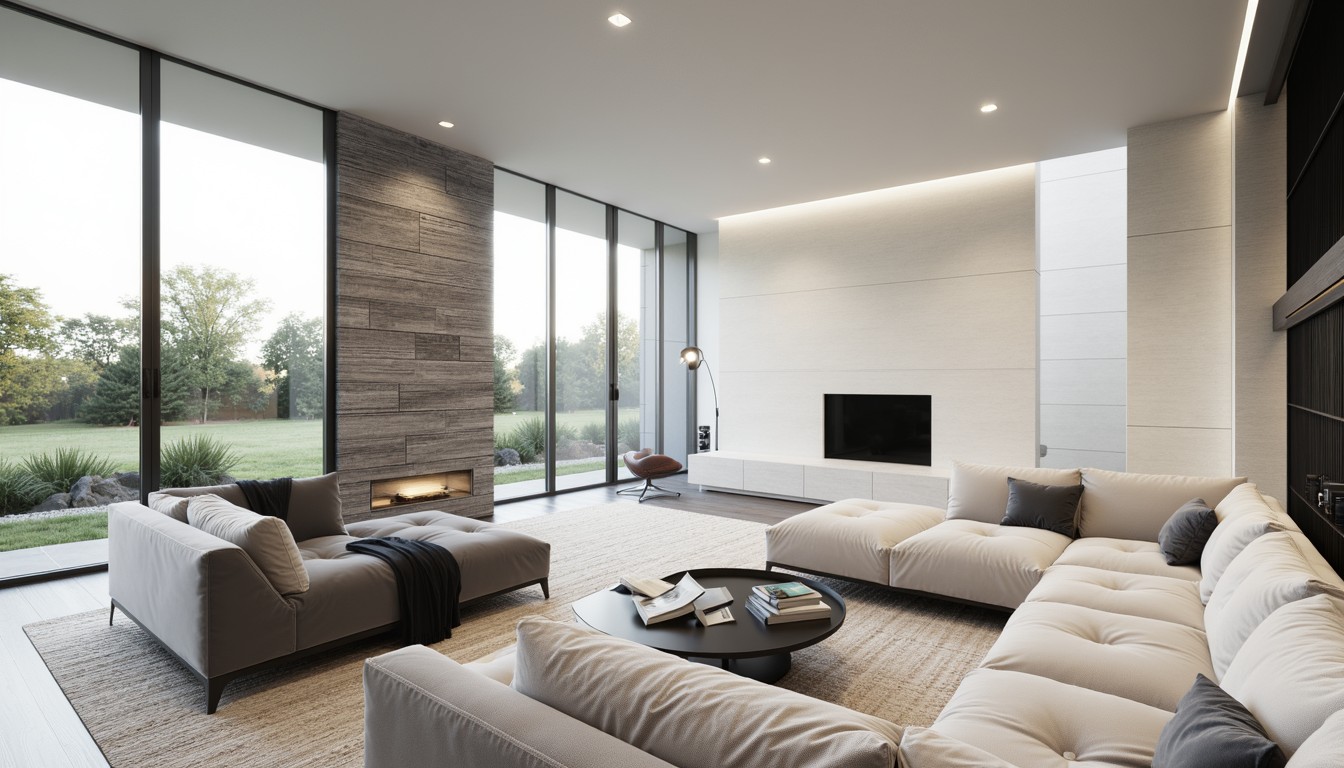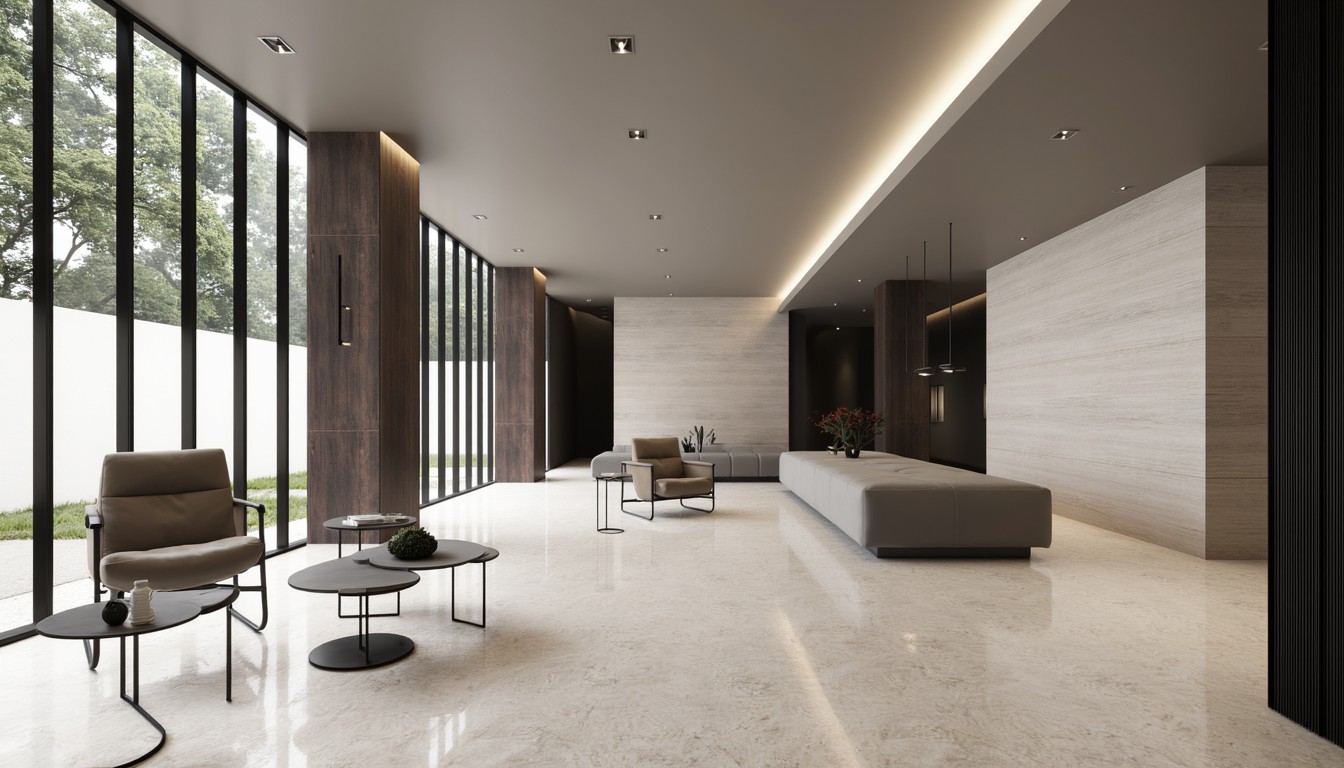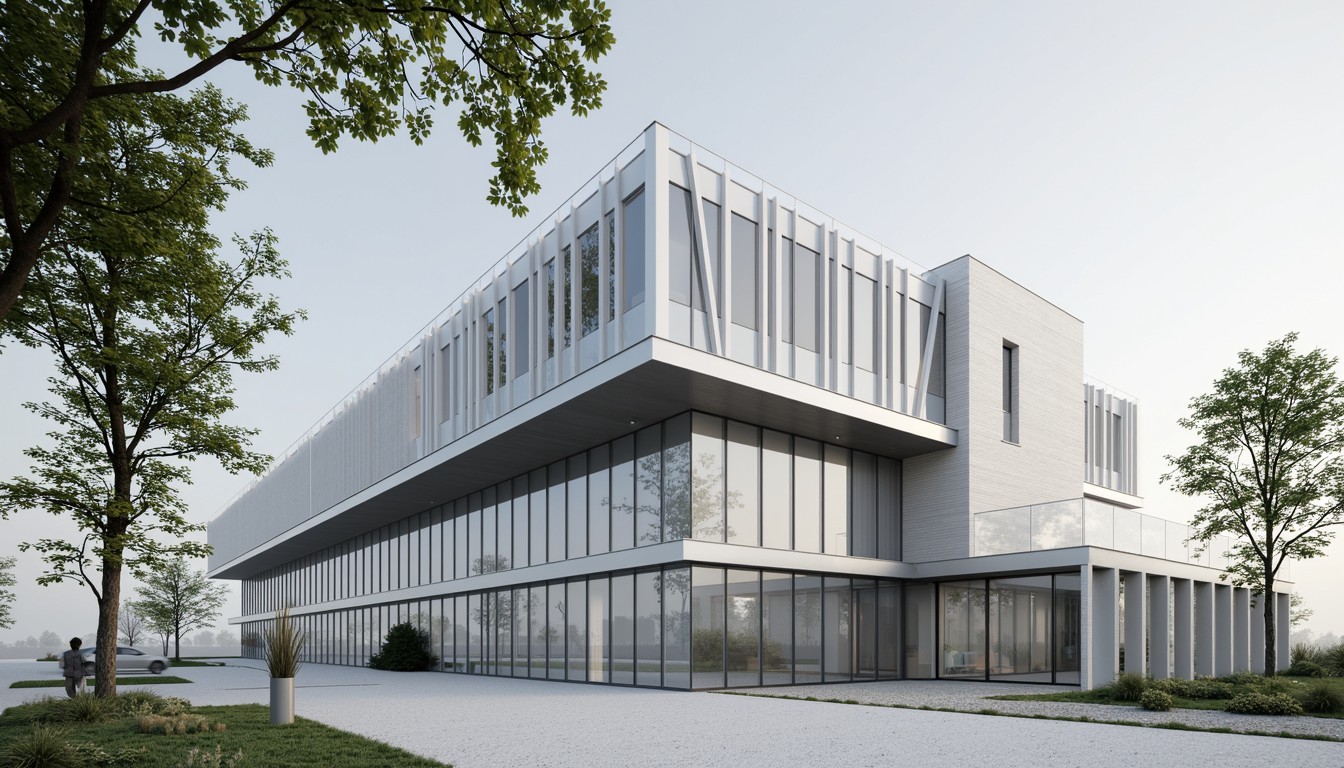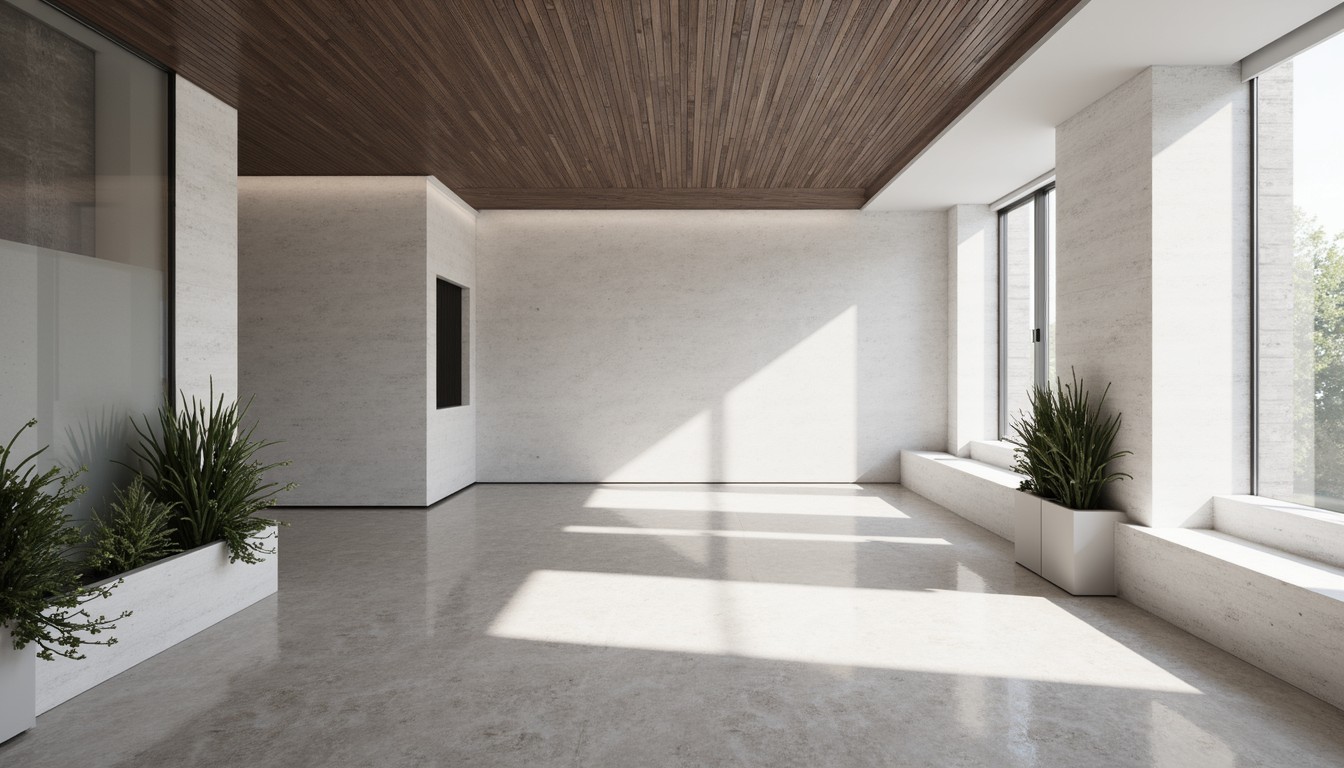Smart Building Technology: Revolutionizing Architecture
The architectural landscape is undergoing a dramatic transformation, driven by the rapid advancements in smart building technology. No longer are buildings simply static structures; they are becoming dynamic, interconnected ecosystems that respond to the needs of their occupants and the environment. This integration of technology is not just a trend; it's a fundamental shift in how we design, construct, and experience buildings, offering unparalleled opportunities for enhanced efficiency, sustainability, and occupant well-being.
Defining Smart Building Technology

Smart building technology encompasses a wide range of interconnected systems and devices designed to optimize building performance and enhance the user experience. This includes:
- Building Management Systems (BMS): Centralized systems that monitor and control various building functions, including HVAC, lighting, security, and energy consumption.
- Internet of Things (IoT) Devices: Sensors, actuators, and other devices that collect data and interact with the BMS to automate tasks and improve efficiency.
- Data Analytics and Machine Learning: Algorithms that analyze data from IoT devices and the BMS to predict building performance, identify potential issues, and optimize operations.
- Cloud Computing: Enables remote monitoring, control, and data storage, facilitating greater flexibility and scalability.
- Artificial Intelligence (AI): Facilitates advanced automation, predictive maintenance, and personalized occupant experiences.
Real-World Applications and Benefits

The integration of smart building technology offers a multitude of practical benefits across various aspects of building design and operation:
Enhanced Energy Efficiency
Smart buildings can significantly reduce energy consumption through intelligent control of lighting, HVAC systems, and other energy-intensive components. Real-time data analysis allows for optimized energy usage based on occupancy patterns, weather conditions, and other factors. This translates to lower operational costs and a reduced carbon footprint, making them environmentally responsible choices. Examples include smart thermostats that learn occupant preferences and adjust temperatures accordingly, and occupancy sensors that automatically switch off lights in unoccupied spaces.
Improved Occupant Comfort and Productivity
Smart building technology enhances occupant comfort through personalized climate control, optimized lighting, and improved indoor air quality. By creating a more comfortable and productive environment, smart buildings contribute to increased occupant well-being and satisfaction. Imagine personalized lighting schemes adapting to individual preferences or integrated air purification systems maintaining optimal air quality.
Enhanced Security
Smart security systems integrate access control, surveillance cameras, and intrusion detection systems to enhance building security. These systems can be remotely monitored and managed, providing real-time alerts and improving response times to security threats. This robust security contributes to a safer environment for occupants and protects valuable assets.
Predictive Maintenance and Reduced Downtime
By constantly monitoring building systems, smart technology can predict potential equipment failures before they occur. This allows for proactive maintenance, minimizing downtime and reducing repair costs. Predictive maintenance is key to extending the lifespan of building systems and maintaining optimal functionality. For instance, a smart system might predict a failing HVAC component weeks in advance, allowing for timely replacement before a complete system failure.
Sustainability and Environmental Impact
Smart buildings are vital in promoting sustainability. By optimizing energy consumption, reducing water usage, and improving waste management, these buildings contribute significantly to reducing their environmental impact. Features like rainwater harvesting systems, solar panels integrated into the design, and smart waste management systems are becoming increasingly common.
ArchNav's Role in Smart Building Visualization
ArchNav plays a crucial role in the design and implementation of smart buildings. Our cutting-edge architectural visualization services enable architects and developers to showcase the potential of smart building technology to clients and stakeholders. We create immersive 3D renderings and virtual tours that highlight the functionality and benefits of integrated smart systems, allowing for a better understanding of the building's performance and user experience before construction even begins. This allows for informed decision-making and ensures the successful integration of smart technology into the building design.
The Future of Smart Building Technology

The future of smart building technology is bright, with ongoing advancements in AI, IoT, and data analytics promising even greater levels of efficiency, sustainability, and user experience. We can expect to see greater integration of smart building technologies with other urban infrastructure systems, creating smarter cities. The focus will continue to be on creating buildings that are not only intelligent but also resilient, adaptable, and responsive to the ever-changing needs of our world.
Conclusion
Smart building technology is fundamentally reshaping the architectural landscape, offering unprecedented opportunities to improve building performance, enhance occupant well-being, and promote sustainability. ArchNav is at the forefront of this revolution, providing innovative visualization solutions that help architects and developers bring their smart building visions to life. Contact us today to discover how our expertise can help you design and visualize the future of architecture.
